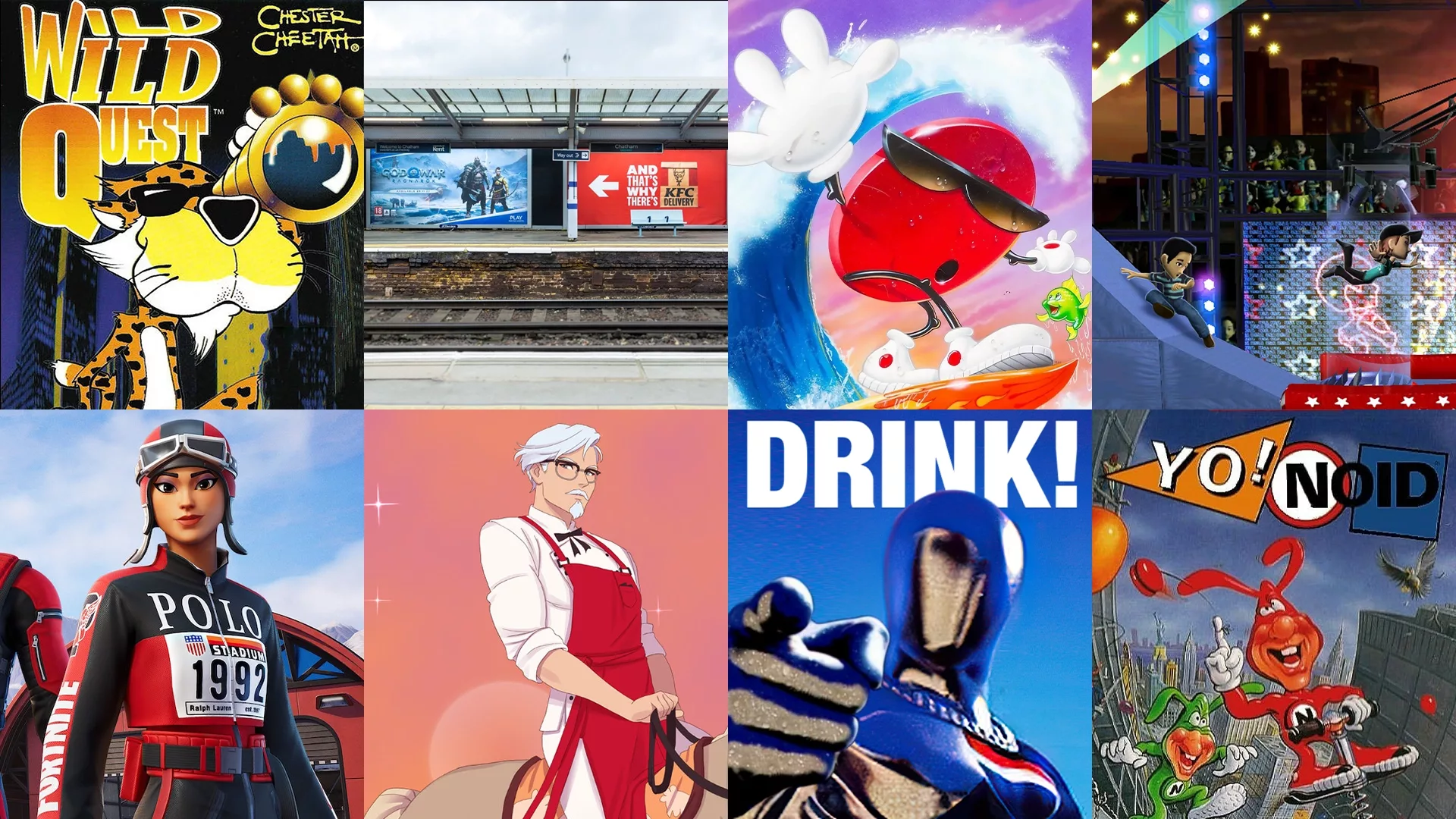As more brands partner with Fortnite to promote their wares, we look to the past to explore what other avenues might be available to brands keen to dip their toe in gaming. Whether it's activating around a game, in a game, or creating a game yourself - the options are as wild as they are varied.
In the last month, we’ve seen Samsung, Ralph Lauren and EE make appearances in Fortnite’s digital world. It’s no surprise - Fortnite earned $5.8 billion in 2021 alone, and is reportedly (read: entirely unsurprisingly) set to break $6 billion in FY 22/23.
The message to brands seems loud and clear: if you’re not at the very least looking at games and their marketing potential at this point, you’re missing a trick.
That said, just because you could, doesn’t necessarily mean you should.
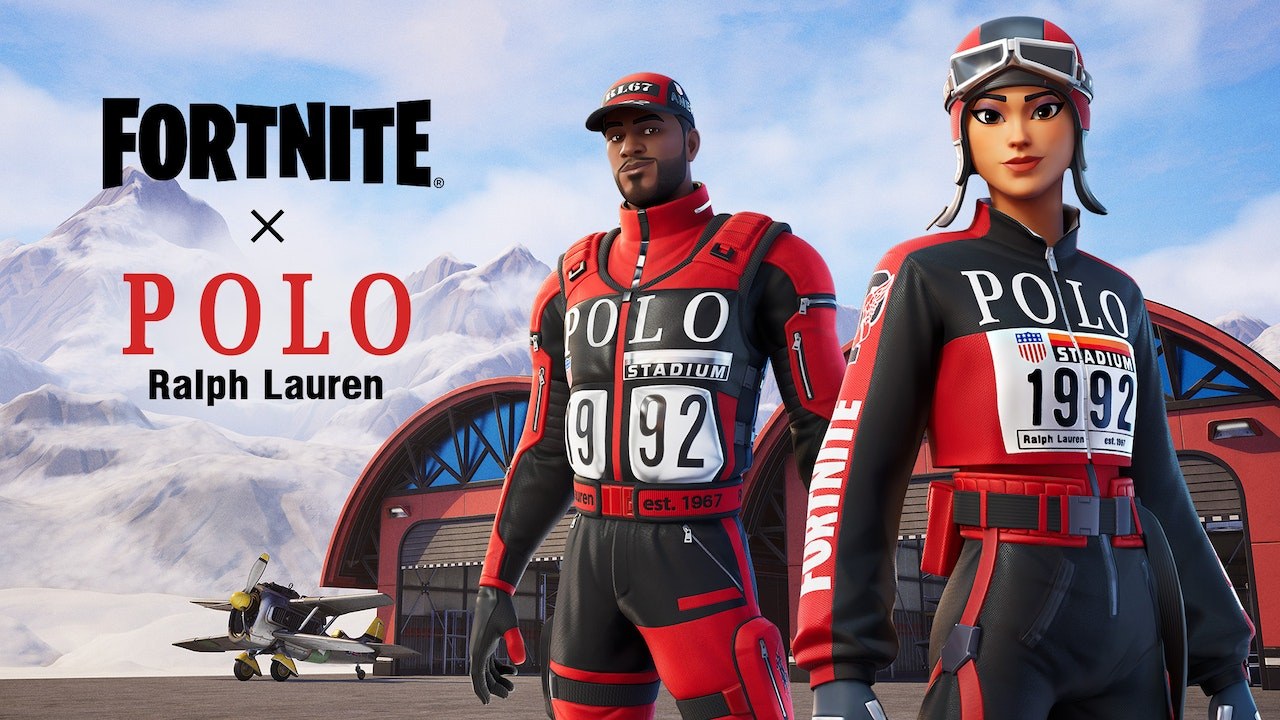
Keeping it real
Gaming audiences love authenticity. Diva’s CEO and Co-Founder Suzy Barnes put it best when she spoke to The Campaign Podcast last month: “[People that play video games] don’t necessarily want to have the fourth wall broken in terms of their in-game experience, by having advertisers interrupt that.”
Brands have been trying to get themselves seen in games for decades. The difference now is that players have grown increasingly savvy when it comes to engaging with branded content. Slapping your brand on an established franchise with no cohesion isn’t going to court favour with them. It’s more likely to alienate and raise questions as to why you bothered in the first place.
Before saying, “We want to do something in games,” think about what you want to achieve. There are multiple ways in - brands have licensed themselves into existing games, done a brand activation alongside one or even developed their own from scratch.
Simply put, you’re either next to it, you’re in it, or you’re doing your own thing. All are perfectly valid, but your approach will depend entirely on what it is you actually want to achieve, how much time you’re willing to put in and, crucially, how much you’re willing to spend.
Side-by-side
Last year’s genius play by KFC to piggyback off PlayStation’s marketing blitz for God of War: Ragnarok (which they repeated again for the release of Diablo IV earlier this year), was a great example of a simple gaming activation. All they did was place a KFC Delivery billboard next to Sony’s. It’s deceptively simple, yet entirely legitimate and people liked it, crucially, because it wasn’t stepping on anyone’s toes.

Lead character Kratos wasn’t cosplaying as Colonel Sanders (but we’d pay good money to see it) and his son Atreus wasn’t tucking into a bargain bucket. We’re not saying this wouldn’t have worked with careful consideration - although we suspect various Brand departments would have had a field day getting it all signed off - but it doesn’t really make sense. Placing one billboard next to another does. It feels authentic. And, as we’ve already established, authenticity is everything. Kudos.
You’re in the game
Two weeks back, PUBG announced that it was partnering with Aston Martin and Top Gear to bring various new vehicles to the game. Just last week, Samsung embedded themselves into Fortnite with their ‘Into the Fold’ campaign, inviting players to race to the top of a bespoke map inspired by their new handset with the promise of prizes for top scorers.
Live service games offer an easy entry point for brands. Everything from high end fashion houses like Balenciaga, to music festivals such as Coachella and music acts like Wu-Tang Clan have dipped their toe into Fortnite. Whether it’s a character skin, themed weapon drop or even an in-game live event, brands and bands have done it all at this point.
The key thing is to know your audience and who you’re speaking to. If you’re a pop culture brand with an established fandom, your path to Fortnite is going to be easier than, say, a drinks start-up or charity, for example. These things cost a lot of money to pull off and require lots of planning. Even with all the time and money in the world, an activation like this isn’t going to happen with at least some earned affinity first.
Building from scratch
Unthinkable as it might be now, brand interest in games in the early 2010s wasn’t quite what it is now. Back then, Doritos threw their support behind ‘Unlock Xbox’, a game design contest run by Microsoft for the Xbox 360 which saw a line-up of ten snack-inspired Xbox Live Arcade games, each created by indie developers, vying for the top spot.
The winning entry was Doritos Crash Course, a Takeshi’s Castle-esque 3D side-scroller, that saw players attempting to beat the clock as they faced increasingly difficult obstacle courses. It was warmly received by critics and even prompted a sequel, Doritos Crash Course 2, which was released in 2013.
But while the contest saw Doritos attaching their name to a project developed by indies, the 90s saw the likes of Pepsi, 7up and McDonald’s trying their hand at developing their own games from scratch, to varying degrees of success.

The dawn of the mascots
The early 90s saw a spate of games featuring various mascots. Yo! Noid, released in 1990 for the NES, featured Domino’s Pizza’s Noid as its hero. Its initial Japanese release had nothing to do with the character until it was localised for an American audience, at which point Capcom teamed up with Domino's and changed its graphics, sound, and presentation. Its instruction manual included a $1 Domino's Pizza coupon, which was nice. A fan-made sequel was released in 2017, so it certainly found its audience.
In 1992 Cheetos’ Chester Cheetah earned a starring role in Chester Cheetah: Too Cool to Fool. Released exclusively in North America on the SNES and Sega Megadrive, this was a side-scrolling platformer that featured no mention of Cheetos whatsoever, aside from Chester's health being represented by Cheetos Paws. A sequel, Chester Cheetah: Wild Wild Quest was released in 1993. Both received average reviews.
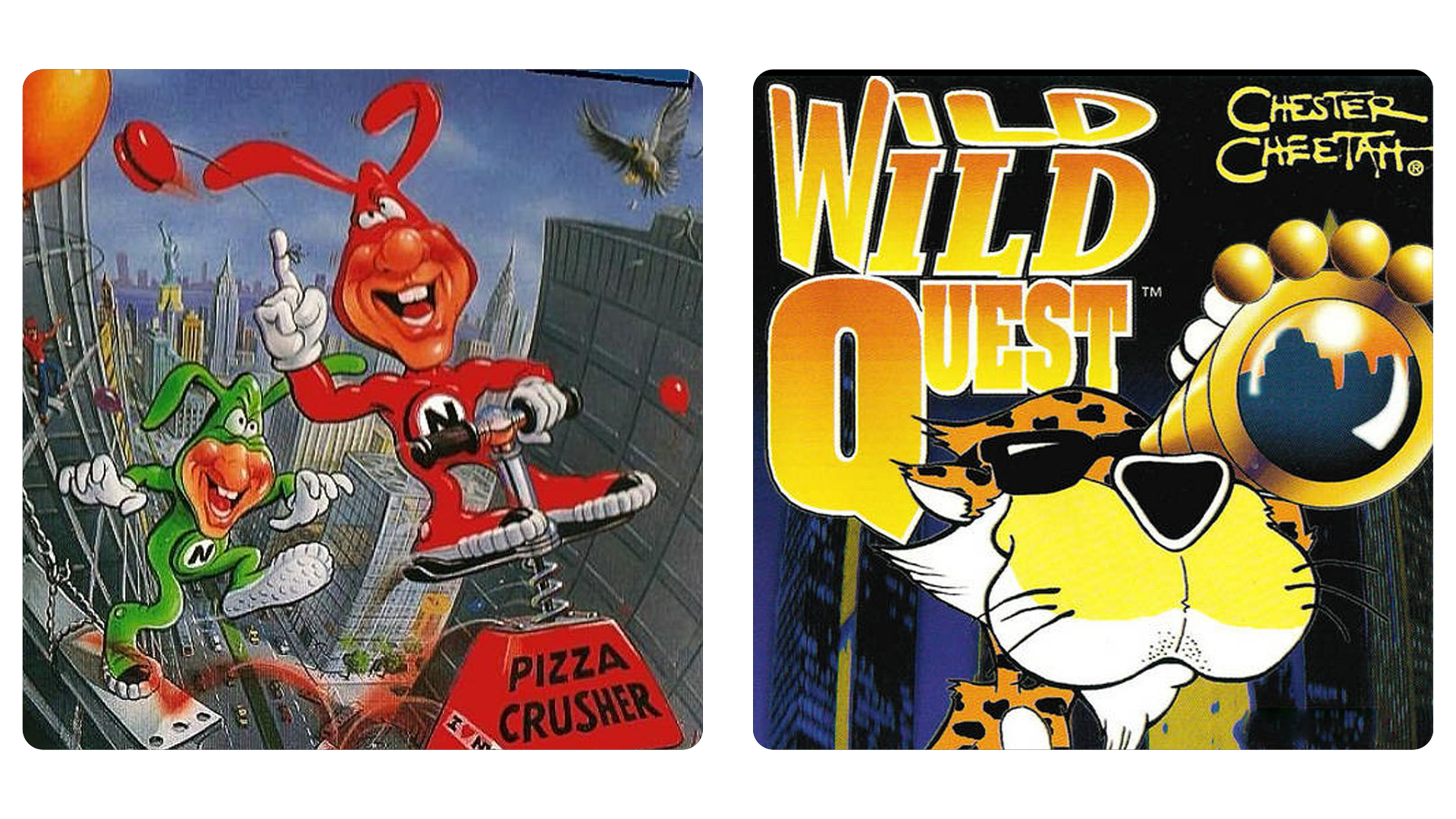
Even McDonald’s threw its hat into the ring in 1992 with the release of Global Gladiators, a platformer developed by the now sadly defunct Virgin Games for various Sega platforms. You’d be hard-pressed to tell McDonald’s had anything to do with it: for a game based around a fast food chain with a dubious reputation at the time, the game carried a strong environmentalist message.
The story goes that Global Gladiators annoyed McDonald's executives, who questioned its lack of restaurants and mascot Ronald McDonald. Its lead programmer, David Perry, who would go on to direct Disney's Aladdin video game adaptation, reportedly told executives that audiences weren’t interested in Ronald McDonald, nor did they want restaurants in the game. Not only did it make it to market, it was warmly received and its success led to its creative team being snapped up for various Disney game projects.
In 1993 came Cool Spot, a single-player platformer for the Sega Megadrive and Super Nintendo, which featured 7up’s mascot as its titular hero. Crucially, unlike Yo! Noid, this was built from the ground up, also by Virgin Games, to feature various references to the brand. It sold one million copies and was well received by audiences and critics alike.
For those unfamiliar, Pepsiman was the genuine, official Pepsi mascot in the mid-90s. His popularity was such that he appeared in the 1994 fighting game Fighting Vipers where his special skill was listed as the ability to "quench one's thirst." We are not making this up.
Pepsiman received his own Japan-only game for the PlayStation in 1999, which saw him completing a series of challenges as he ran, dashed and jumped through various levels. Though competitively priced and praised for its simple gameplay, its artist, Kotaro Uchikoshi, who went on to write and direct the Zero Escape adventure game series claimed it sold badly. As it turned out, Pepsiman was neither the hero we deserved, nor (sadly) the one people wanted to play with.
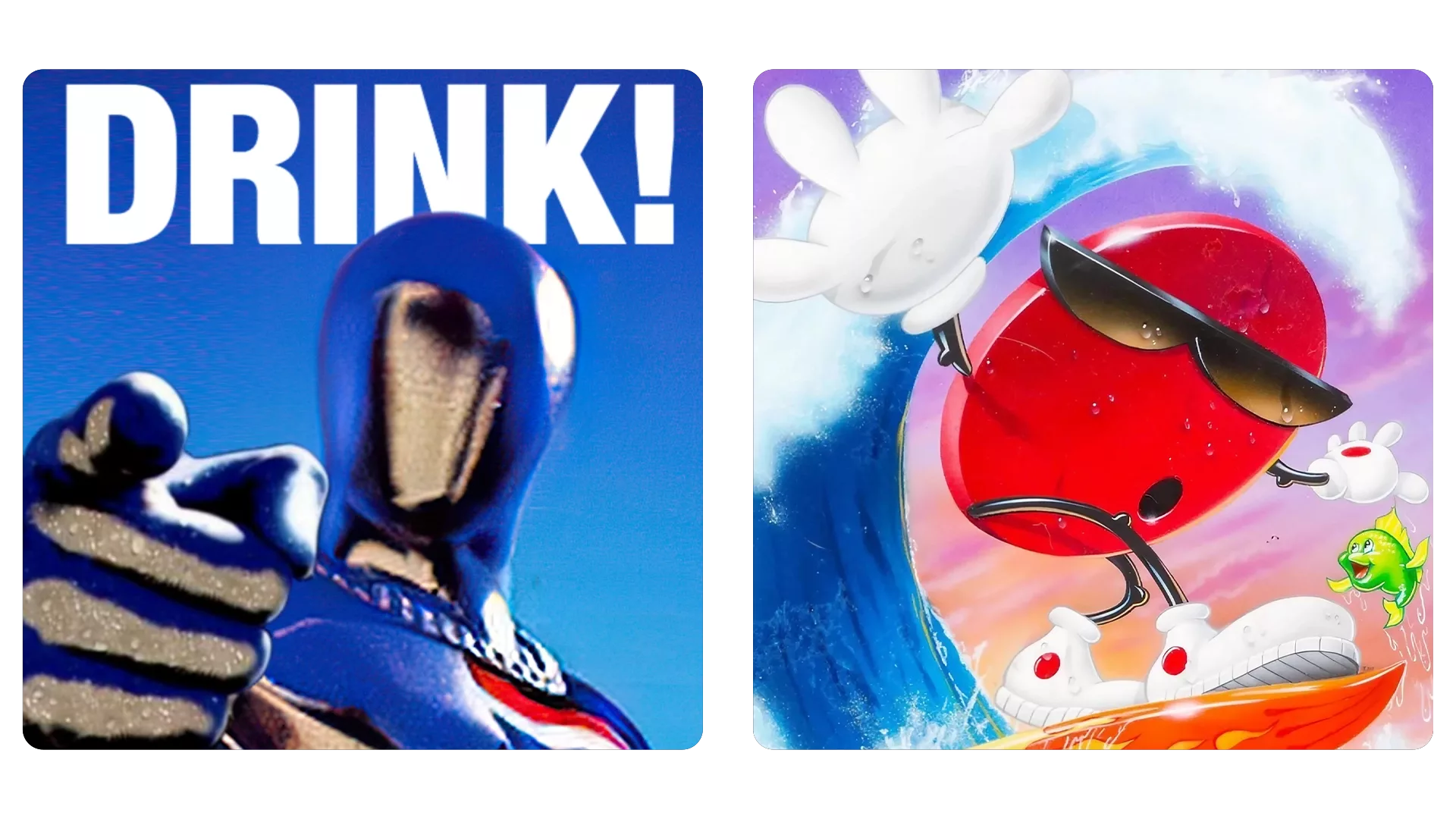
I Love You, Colonel Sanders!
No, that’s not a declaration of our love for the fast food magnate. With the time of fast food mascots fronting their own games seemingly behind us, 2019 saw KFC dusting off their moustached founder to commission I Love You, Colonel Sanders! A Finger Lickin' Good Dating Simulator. A parody of conventional dating sims, the game saw Sanders re-imagined as an attractive classmate at a cooking school, whom players have to woo.
While social media went wild for its visual style, Polygon described it as "less of a game and more of a marketing stunt", going so far to suggest that it actually disrespected the entire dating sim genre. Kudos to KFC for trying something new, but this wasn’t the one, sadly.
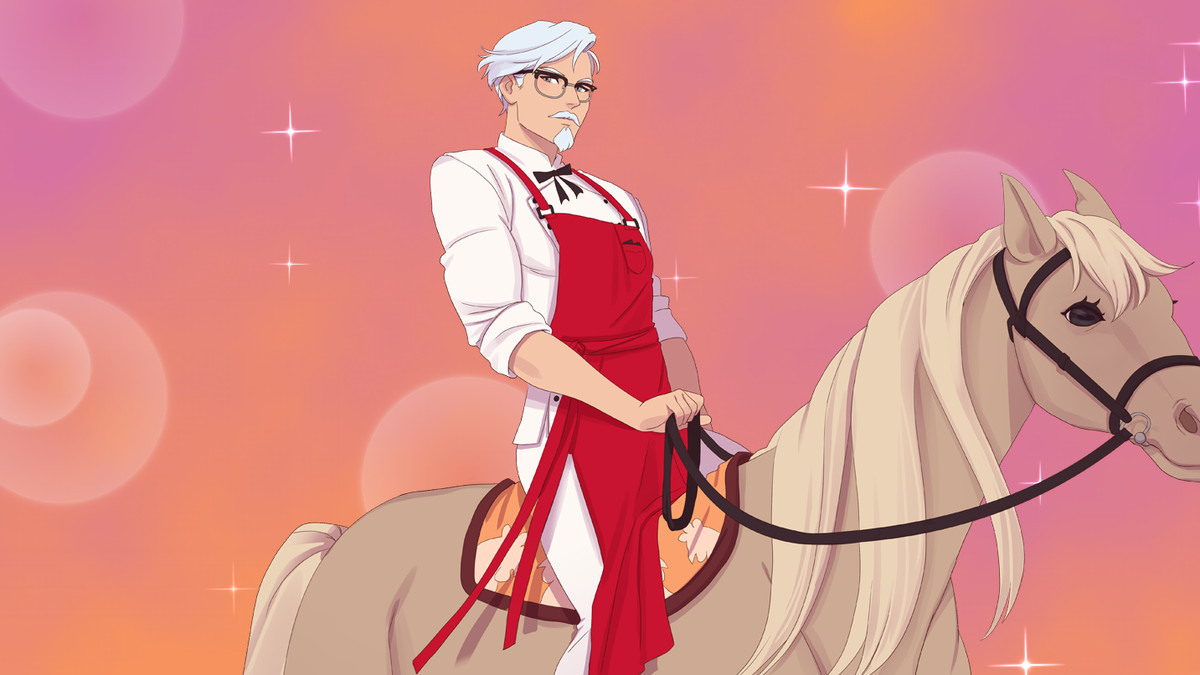
So, should our brand get into games?
Do brands have a place in gaming? Absolutely. Does your brand have a place in gaming? Well, that depends.
Audiences may not like having ads rammed down their throats, but the success of the likes of Fortnite, Roblox and even Minecraft, is firmly built on a foundation of brand collaboration done right. Crowbarring your brand into a game isn’t going to win you any new fans, however.
If the 90s taught us anything - and it taught us a lot - it’s that slapping a beloved brand or franchise on a piece of interactive entertainment doesn’t necessarily make it desirable. You can make a great game built around a brand, but the brand won’t necessarily be what makes it great.
While long development cycles and prohibitive costs have made the days of brands making their own games largely a thing of the past, the opportunity to place these products authentically are very much there and ready to be explored. The key thing is planning.
We can’t stress this enough: these things take time.
An authentic gaming brand collaboration, be it a billboard that tips its hat to something happening within gaming culture at the time, or the fully-fledged integration of a product, doesn’t happen overnight. But with the right insight and guidance, it’s certainly possible.
Whatever it is you’re trying to do in games or around games, you must start with understanding the player. And that means speaking to the experts.




